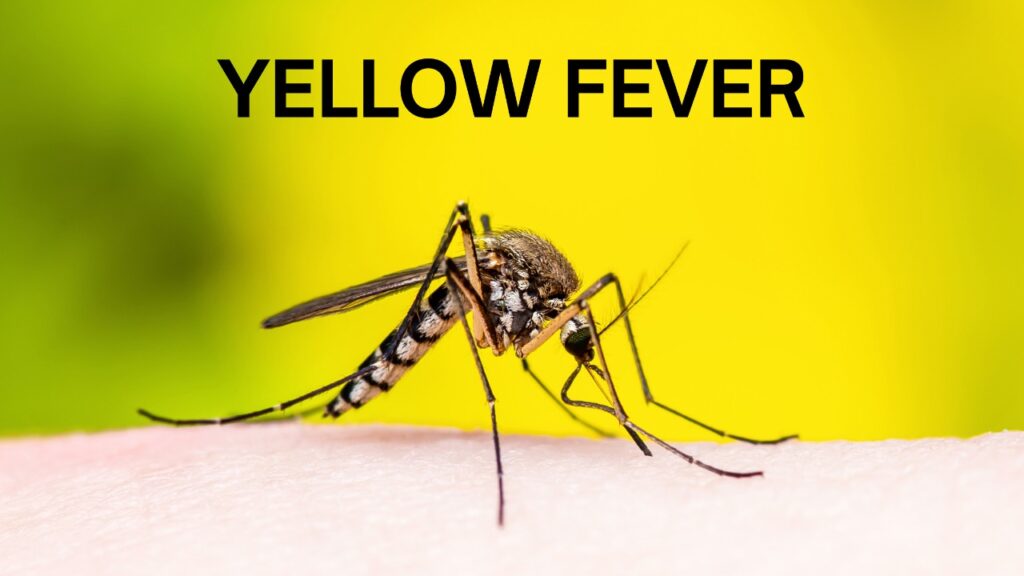Understanding Acute Mountain Sickness: Symptoms, Treatment & Prevention
What Is Acute Mountain Sickness? Acute Mountain Sickness, or AMS, is a condition that typically occurs when someone ascends to high altitudes (usually above 2,500 meters or 8,000 feet) too quickly without giving the body enough time to acclimatize. As altitude increases, atmospheric pressure drops, and the amount of oxygen in the air decreases. This sudden drop in oxygen availability can lead to AMS in some individuals. The risk and severity of AMS depend on factors like rate of ascent, altitude reached, physical exertion, and individual susceptibility. While AMS is generally mild and resolves with proper care, it can progress into more dangerous forms such as High Altitude Pulmonary Edema (HAPE) and High Altitude Cerebral Edema (HACE) if left untreated. Symptoms of Acute Mountain Sickness: Symptoms of AMS usually begin within 6 to 24 hours of arriving at a high altitude and may range from mild discomfort to debilitating illness. Common symptoms include: Headache Nausea and Vomiting Fatigue and Weakness Dizziness or Lightheadedness Sleep Disturbances Shortness of Breath Loss of Coordination Treatment of Acute Mountain Sickness: AMS can often be managed effectively if caught early. Here’s how to treat mild to moderate Symptoms: Stop Ascent: Halt further climbing. Rest and Acclimatize: Spend an extra day or two at the same altitude. Descend if Necessary: Descending to a lower altitude is often curative. Medications: Acetazolamide (Diamox), pain relievers, antiemetics, and Dexamethasone. Oxygen Therapy: Supplemental oxygen can relieve symptoms. Portable Hyperbaric Chambers: Simulates descent in remote areas. Prevention of Acute Mountain Sickness: The best way to avoid AMS is to plan ahead and allow your body to gradually acclimatize to higher elevations. Tips include: Ascend Slowly Stay Hydrated Eat a Balanced Diet Avoid Alcohol and Sedatives Use Prophylactic Medications like Acetazolamide Condition Your Body Know the Warning Signs When to Seek Emergency Help: Seek immediate descent and medical attention if any of the following occur: Confusion or altered mental state Difficulty walking or speaking Shortness of breath at rest Blue or gray lips and fingernails Severe, persistent vomiting Final Thoughts:- Acute Mountain Sickness is a common but preventable condition that can affect anyone if altitude is gained too rapidly. Understanding the symptoms, listening to your body, and respecting the mountain environment are key to staying safe. Remember: ‘Climb high, sleep low, and never let ambition outpace your acclimatization.
Understanding Acute Mountain Sickness: Symptoms, Treatment & Prevention Read More »









